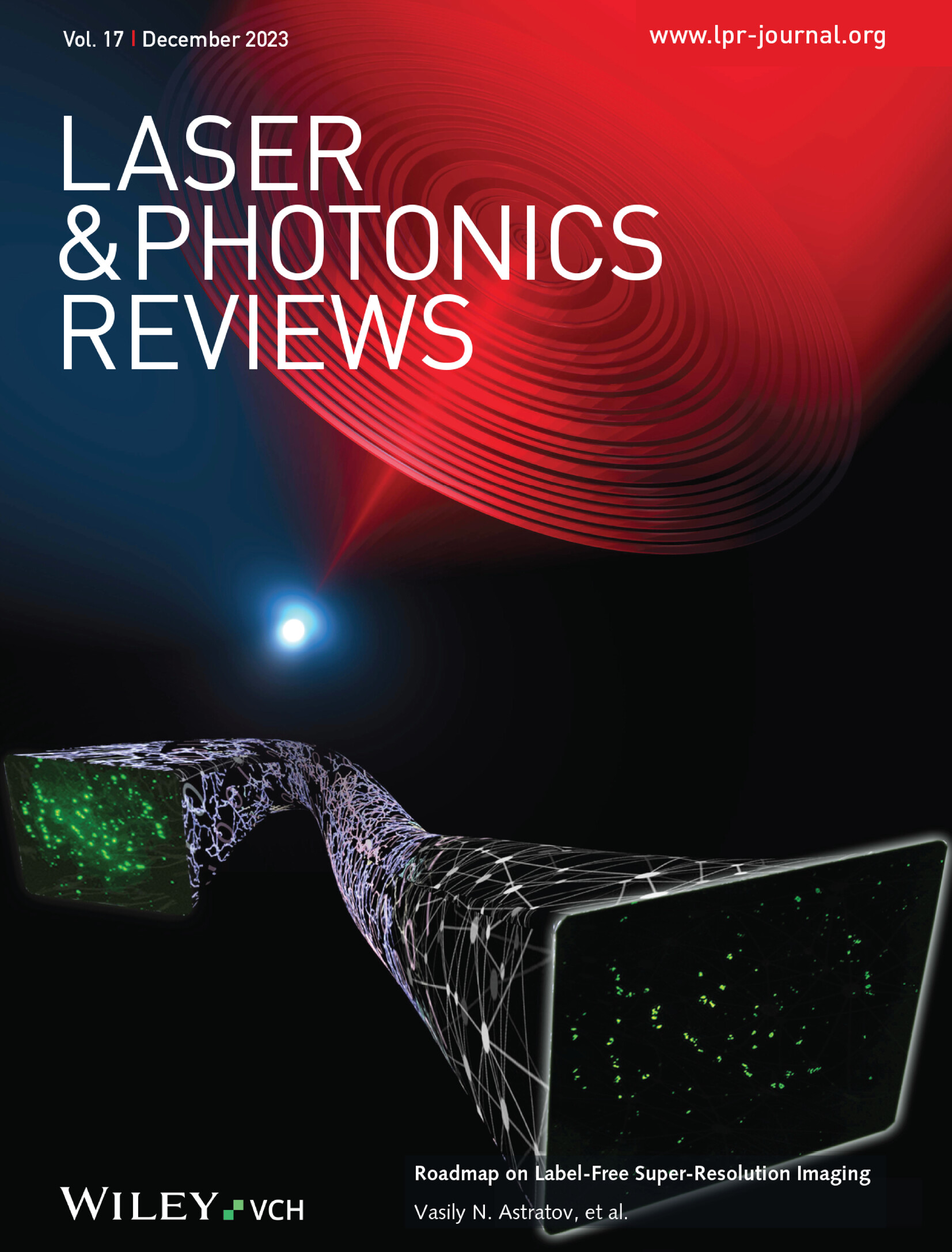光学-涡旋-卷积-增强神经网络
IF 10
1区 物理与天体物理
Q1 OPTICS
引用次数: 0
摘要
光-电子混合神经网络将光计算的高带宽和处理速度与电子计算的灵活性相结合,提供了一系列优势。然而,如何在实际系统中构建所需的光学操作层来实现可扩展的图像卷积和识别,特别是红外图像,尚未得到充分的探索,这是各个领域迫切需要解决的问题。本文构建了一种光学-电子混合卷积神经网络(CNN)用于红外图像的分类和识别。关键部件是一个非线性多核涡旋滤波器,即光学卷积层,它通过在磷酸钛酸钾(KTP)晶体上有效地刻印一个多路涡旋光栅来实现。该非线性滤波器与傅里叶域和频生成(SFG)的集成使得从红外输入图像中提取可见特征成为可能。将提取的特征输入到电子全连接层中,手写数字识别和时尚图像识别的分类准确率分别达到99.08%和88.6%。这些结果与传统cnn的性能相当。这一发现有望解决人工智能中的计算能力和能耗问题,为红外光谱的实际应用铺平道路。本文章由计算机程序翻译,如有差异,请以英文原文为准。
Optical‐Vortex‐Convolution‐Enhanced Neural Network
The optical‐electronic hybrid neural network combines the high bandwidth and processing speed of optical computing with the flexibility of electronic computing, offering a range of advantages. However, how to construct the desired optical operation layer in a practical system to realize scalable image convolution and recognition, especially for infrared images, has not been fully explored, which is urgent for diverse fields. Here, an optical‐electronic hybrid convolutional neural network (CNN) is constructed for infrared image classification and recognition. The key component is a nonlinear multi‐kernel vortex filter, namely, the optical convolutional layer, which is implemented by effectively imprinting a multiplexed vortex grating onto a potassium titanyl phosphate (KTP) crystal. The integration of this nonlinear filter with sum frequency generation (SFG) in the Fourier domain enables the extraction of visible features from infrared input images. By feeding the extracted features into an electronic fully connected layer, classification accuracies of 99.08% and 88.6% is achieved for handwritten digit recognition and fashion image recognition, respectively. These results are comparable to the performance of conventional CNNs. The findings hold promise in addressing the issues of computational power and energy consumption in artificial intelligence, paving the way for practical applications in the infrared spectrum.
求助全文
通过发布文献求助,成功后即可免费获取论文全文。
去求助
来源期刊
CiteScore
14.20
自引率
5.50%
发文量
314
审稿时长
2 months
期刊介绍:
Laser & Photonics Reviews is a reputable journal that publishes high-quality Reviews, original Research Articles, and Perspectives in the field of photonics and optics. It covers both theoretical and experimental aspects, including recent groundbreaking research, specific advancements, and innovative applications.
As evidence of its impact and recognition, Laser & Photonics Reviews boasts a remarkable 2022 Impact Factor of 11.0, according to the Journal Citation Reports from Clarivate Analytics (2023). Moreover, it holds impressive rankings in the InCites Journal Citation Reports: in 2021, it was ranked 6th out of 101 in the field of Optics, 15th out of 161 in Applied Physics, and 12th out of 69 in Condensed Matter Physics.
The journal uses the ISSN numbers 1863-8880 for print and 1863-8899 for online publications.

 求助内容:
求助内容: 应助结果提醒方式:
应助结果提醒方式:


